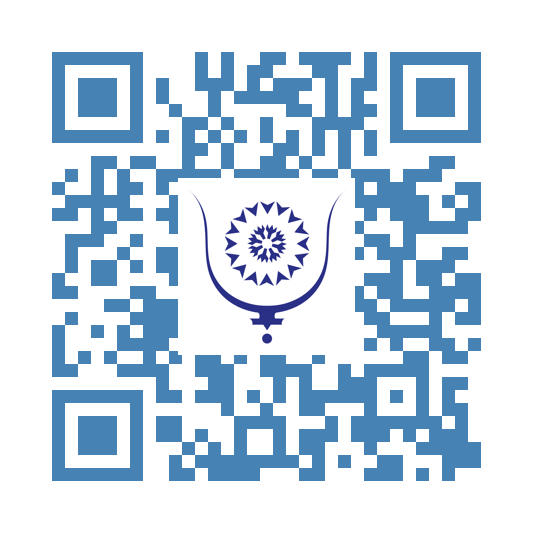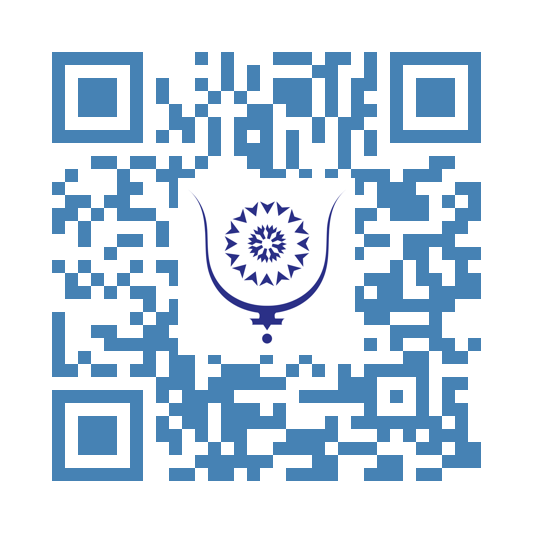Part 4/5: Understanding Personalities for Leadership in Academia and Industry 2203
Know yourself, understand others, and watch life's opportunities unfold.
- Recognize Individual Differences: Acknowledge and appreciate the diverse personality types within your team, understanding how these differences can contribute to a rich, dynamic work environment in both academia and industry.
- Adapt Communication Styles: Tailor your communication to suit various personality types. This includes being aware of how different people prefer to receive information and feedback.
- Foster Inclusive Environments: Create a workplace culture that respects and values different personalities, encouraging open dialogue and collaboration in both academic and industrial settings.
- Leverage Strengths: Identify and use the unique strengths of different personality types. In academia, this could mean assigning research roles based on individual strengths, while in industry, it might involve delegating tasks that align with team members' innate skills.
- Manage Conflict Sensitively: Understand how different personalities might clash and develop strategies to manage conflicts effectively, keeping in mind the distinct environments of academia and industry.
- Encourage Diverse Perspectives: Promote an environment where varied viewpoints are welcomed and considered. This is essential for fostering innovation and critical thinking in both fields.
- Personalized Mentorship: Offer guidance and mentorship that resonates with the individual personalities of your team members, helping them grow and develop in their respective roles.
- Embrace Learning Styles: Recognize that different personalities may prefer different learning styles. Adapt your teaching and training methods accordingly in both academic and industrial contexts.
- Promote Self-Awareness: Encourage team members to understand their own personalities and how these impact their work and interactions. This self-awareness can lead to more effective collaboration and leadership.
- Balance Team Dynamics: Strive for a balance of personalities in teams to ensure a harmonious and productive work environment. This involves understanding how different personalities can complement each other in both academia and industry.



